# History of chocolate:
The museum isn’t organized chronologically. Indeed you begin on the ground floor by the chocolate trade.
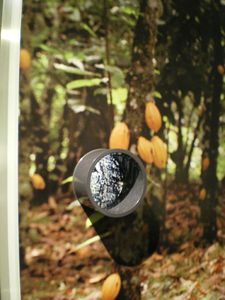 Chocolate comes from the Theobroma cocoa tree that grows in South and Central America.
Chocolate comes from the Theobroma cocoa tree that grows in South and Central America.
Cocoa was consumed by Olomecs a civilization that lived in the south of the actual Mexico around 1000 BC.
However, the name ‘kakaw’ comes from the Maya language. They used cocoa as a means to communicate with their gods.
In order to offer you a better understanding, we can compare the Mayan cacao with the Greek mead (=hydromel).
Mayas cultivated cocoa in important plantations and cocoa beans were used for medicine or as payment. It was mixed with many other spices in order to have a bitter taste, and not turned into a chocolate with milk as you can usually do for your breakfast.
On the second floor of the museum, you have many objects of these civilizations. For example representations of gods, tumblers (gobelet)... So the museography is very classic, with no interactivity. The rooms are very dark with black walls and no artificial lighting. The objects are in glass cases.
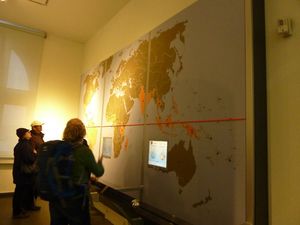
Cocoa is one of the first foodstuffs which became a worldwide exchanged product since the discovery of America.
The first time Christopher Columbus received cocoa beans from Indians, he threw them to the sea because he believed they were goats’ droppings.
However, other conquistadors such as Cortes brought back to the Spanish king grinded chocolate. That’s how it became an aristocratic product.
They were used to drinking chocolate in luxury porcelain and silver services produced in Sèvres (France) and Meissen (Germany), the first porcelain manufacturers in Europe.
Hot chocolate wasn't just drunk for itself but rather used as a sauce for cakes.
During all the 19th century, chocolate became cheaper and cheaper thanks to two things:
- better transport (fewer offshore losses)
- an extension of the chocolate production in Africa
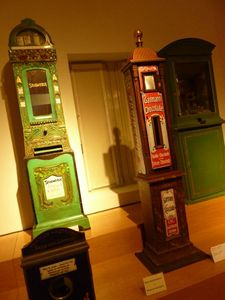
The Museum has an important chocolate vending machine collection, which shows us the important success of chocolate in the national trade of Germany.
The first chocolate machines were introduced in Germany by the Stollwerck company in 1887.
At the beginning, they were only used to produce some samples of a very high quality chocolate.
Because of the huge success they encountered, companies decided to produce it in series.
Each company has its own designs : box as a cathedral, with barometers...
An important factory was created: the German Vending Machine Association Stollwerck, for the maintenance and repair of those machines.
They had success during all the first part of 20th century, it led to the creation of by-products : enamel signs, posters and trading cards...
All this part of the museum like the one about American civilization has a very classic presentation. Porcelain and chocolate vending machines are put behind fences or windows and you can't touch them.
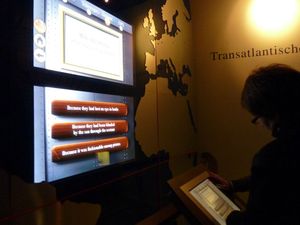
However, you have a computer with a big screen where you can play some games such as: Find the real boat of transport of the chocolate in connection with its century.




![390473_2447097974646_1167813823_32293502_1595084889_n[1]](https://storage.canalblog.com/74/29/968487/73619772_p.jpg)







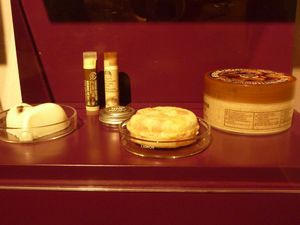




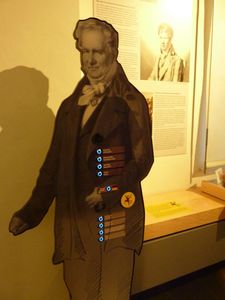

![67339540[1]](https://storage.canalblog.com/53/54/968487/73620140_p.jpg)
![SKY20110705020944PD[1]](https://storage.canalblog.com/26/49/968487/73620145_p.jpg)